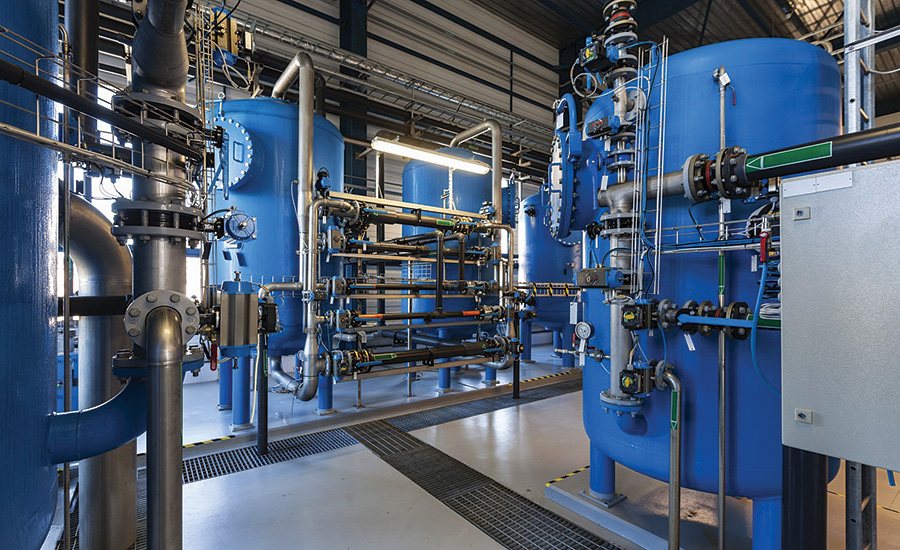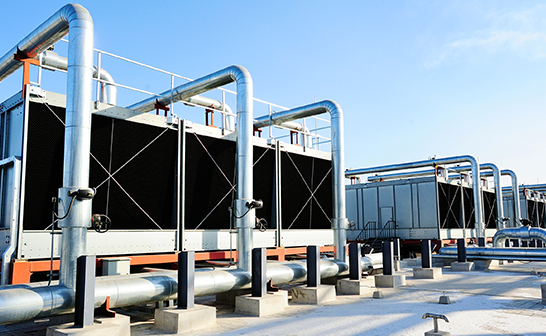The ability to manipulate and control the temperature and climatic conditions has been, by far, one of the greatest inventions by mankind. The air conditioning is as close to manipulating the weather and temperature human beings could come to and this complex sounding machine actually has roots in simplicity.
From manually powered air conditioning to coolants fitted in cabinets, the journey of the air conditioner has evolved not only with technology but with necessity too. It might sound improbable but the very first prototype of the modern air conditioning was not patented or funded because it would have caused some form of business loss for the ice industry. The actual credit for the modern air conditioning can be given to Dr. John Gorrie but it was Willis that successfully made the cooler a rage.

The history of cooling
Before the invention of our modern day air conditioners and coolers, the very first model made was for preventing machineries in mills from rusting. The roots of the need for air coolers can be dated as far back as 2nd century China but those were exclusively for the emperors and kings or in rare cases for nobility. And the climate crisis was not what it is now, hence the need for mass production was never considered by the ancient scientists.
The Romans were a bit more advanced where the emperor got hold of ice blocks from mountains to form a mini mountain in his garden so that air cooled while blowing through the mount. The rest of Rome tried circulating cool water throughout their home via aqueducts built within the walls. But nothing solved the problem of ensuring a continuous flow at low cost.
It wasn’t until early 20th century that the precursor to the modern air conditioners and coolers took shape. Before the emergence of industrial cooling and conditioning solutions like Pelmar Engineering, the very first thought for cooling system was requested by the printing industry. The high humidity and heat caused immense frustration to the renowned Sackett & Wilhelms Lithographing and Printing Company of New York as the constant expansion and contraction of the paper used to printing in color caused misalignment in print and the end result was jarring in terms of visuals.
Interestingly, a heating company called Buffalo Forge was approached to device a cooling system to control the humidity. It was Willis Carrier who managed to please the printing company with his invention of circulating air over coils which was frozen with ammonia in compressed form which maintained a constant humidity. Soon this invention was being manufactured and sold to industries that were in need for humidity control like flour mills and the reputed Gillette Corporation to prevent the blades of razors from rusting.
Hence, the very first cooling system was industrial in nature and the human comfort was an afterthought, more of byproduct if you like. The laborers in these industries were not the concern for the owners yet the comfort provided to the machines reached the humans and work did become better. It was not before mid-1900s that Carrier decided to venture into the commercial aspect of cooling and taking human comfort in consideration. It was the theatres of New England who reaped the benefits of this consideration as summers often meant no business given that people would not like to sit in stuffy rooms with often gave out unpleasant smells thanks to the pollution ridden ice used to cool the space.
The modern cooling system
Needless to say that the invention of this cooling system has caused drastic changes in not just industries but also demographically and architecturally. Businesses boomed and more opened because summers were controllable now. In fact, the summer blockbusters and summer sales made massive profits for the respective businesses because more and more people crowded in the malls and theatre lobby to escape from the heat more than anything.
The world has moved to Nano bytes and nanoseconds hence it is understandable that mini versions is the new trend. Saving space and not compromising on quality has been a challenge but companies like Pelmar Engineering found the perfect solution in the form of cabinet and panel coolers. While the panel coolers finds their uses in many industries like automotive, power plant and tool manufacturing industry to name a few, the cabinet coolers are more in sync for the commercial uses like cars and computers.

With the development of evaporative cooling, even wide spaces like warehouses or open athletic spaces too are cooled to a pleasing experience in terms of humidity management and cooler temperature. The process is similar to the cooling sensation we feel when sweat or water over our body dries up and evaporates. In fact, the evaporative coolers works better because you are always getting fresh air rather than the circulated same air of the air conditioner.
But the more sensitive systems like electronic cabinets and car cooling system requires a closed cooling system where the coolant can be reused keeping hygiene and isolation in mind. Pelmar Engineering has created the ideal solution in terms of vortex cooling and tightly sealed panel cooling systems that prevents contamination of the sensitive electronic device by external dust particles all the while making sure that the enclosed system does not get over heated.
While countries like Dubai and Abu Dhabi cannot be imagined being the tourist attraction and financial hub that they are today without the invention of the coolers, it is equally true that opting for water based evaporative system in dry regions does increase the cost of consumption. Here closed cooling system comes to play and with technology being what it is today, people do not to worry about stale and stinking air circulating their environment. Imagining the world of today without the cooling system is impossible especially in commercial places like hospitals and industries like food and tools manufacturing where precision is attained by maintain a steady humidity and temperature.